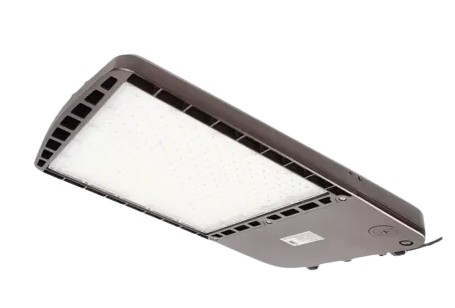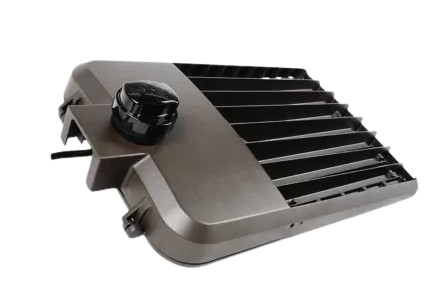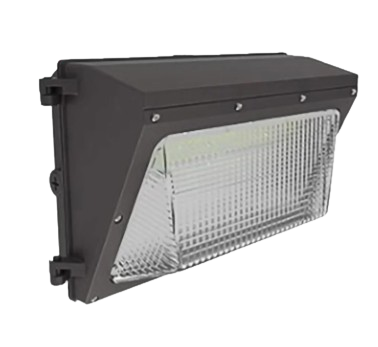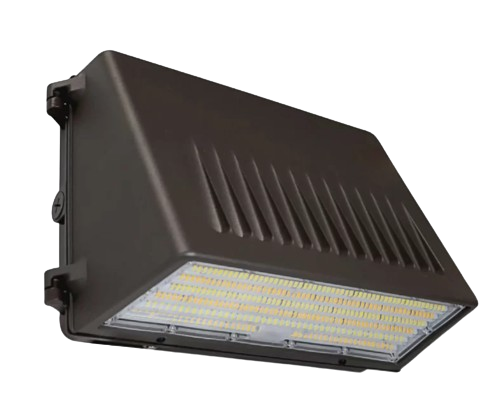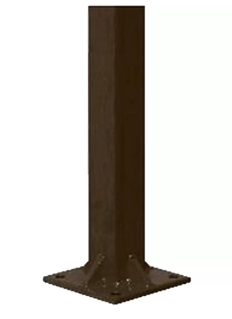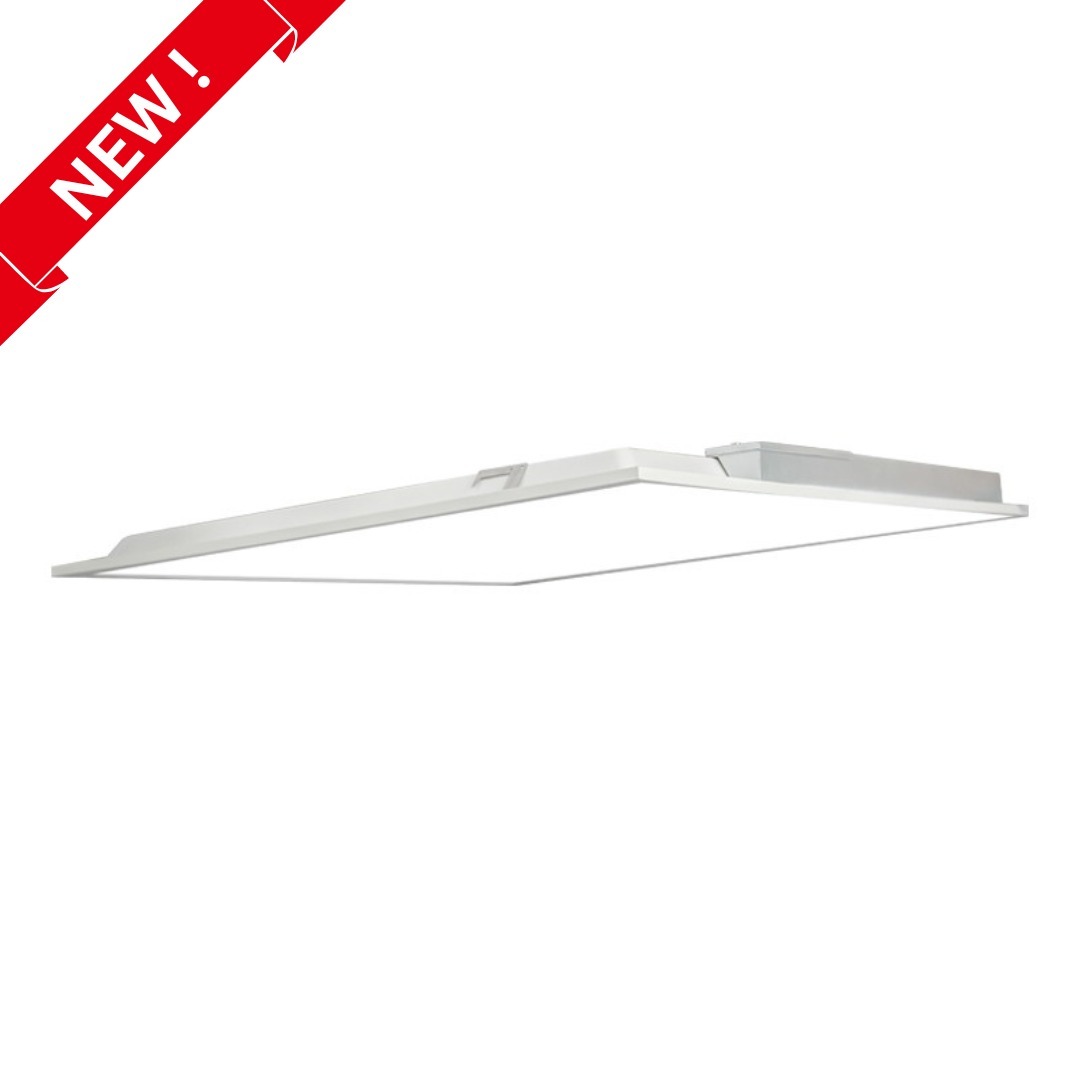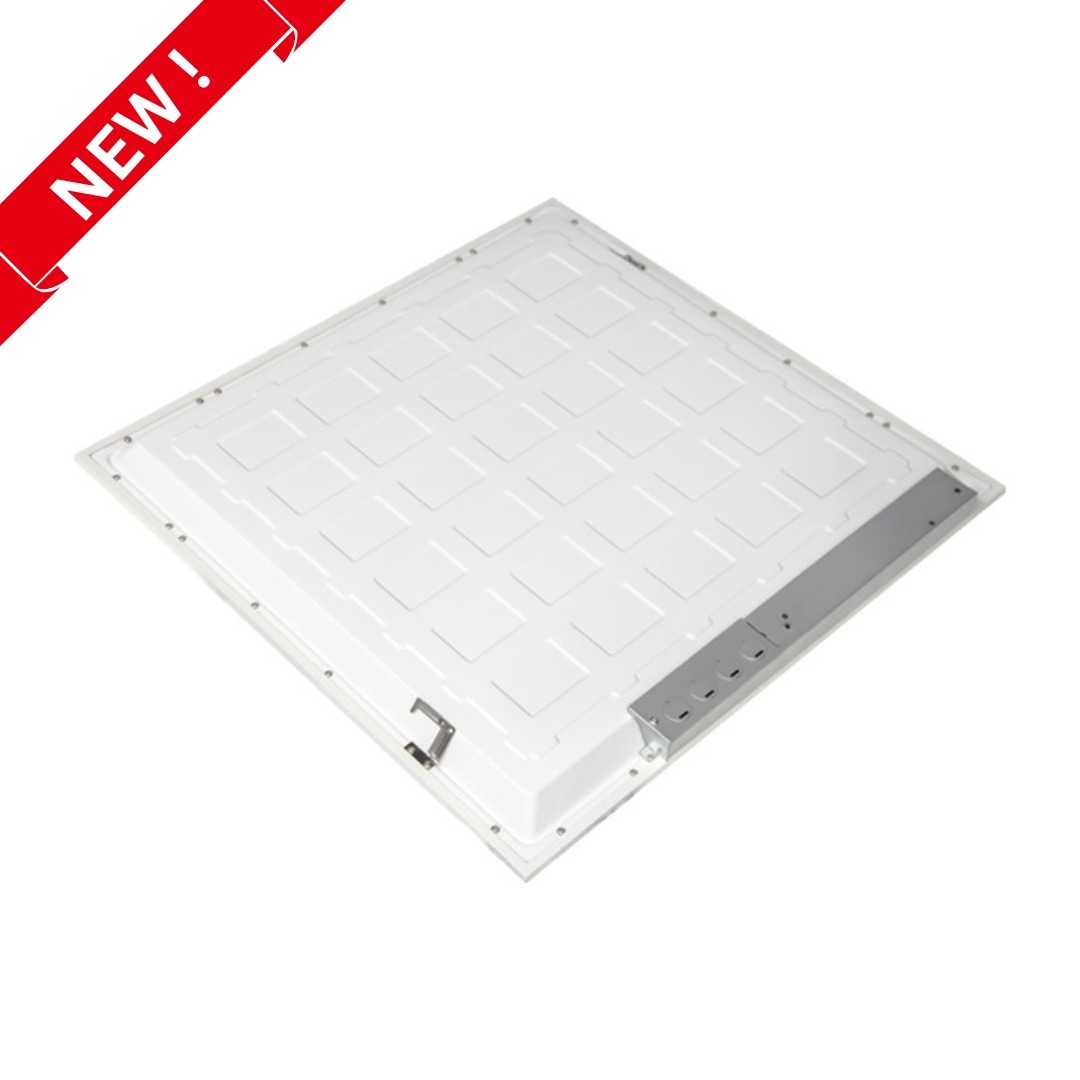In your parking lot, the proper LED lighting solutions are crucial to improving safety, efficiency, and general appeal. Proper lighting enhances visibility and security while providing long-term cost benefits with substantial energy savings. The following Parking Lot Lights Buyer’s Guide will take you down the consideration path—from the types of lights, energy efficiency, lighting controls, and beam angles to completing your justifications for parking lot lighting needs.

Understanding Different Types of LED Parking Lot Lights
Area Lights
Area lights are those types of lights designed to provide broad and even illumination across large spaces. They are usually mounted on poles; thus, they are very ideal for large parking lot lights. They provide wide beam angles that enable uniform distribution of light, hence few dark spots and increased visibility.
Floodlights
Floodlights are light beam concentrators. They possess a wide, powerful beam of light that makes them excellent at illuminating signs, building highlights, and increasing security by casting sharp beams across large areas. Having a wide-coverage light, floodlights emit light versatile enough to be used in a number of situations because of their ability to light wide regions and provide enough light in large spaces. They have key uses for lighting large areas such as parking lots, sports fields, building facades, and signs due to the device’s output of a strong, broad beam. This makes them a flexible choice for a wide array of uses—from dramatic highlighting of architectural details to security—to act as an application, illuminating broad regions.
Wall Packs
Wall packs are outdoor lighting fixtures mounted to buildings that cast their light downward to illuminate walkways, parking lots, and building perimeters. When selecting a wall pack, considerations would include the following: lumens or light output, color temperature, motion sensors for additional energy savings, beam spread for the area you want to illuminate, and wet location rating if it’s going to be exposed to rain or snow.
Pole-Mounted Fixtures
Pole-mounted fixtures provide better lighting to increase safety and security at their installed locations. Light coverage can be broader or more concentrated by adjusting the height of the poles. The beam angles for such are usually wide in order to distribute the light over large areas uniformly.
Importance of Energy Efficiency and Controls
Energy Efficiency
Compared with incandescent bulbs, LED lights are very energy-efficient; on average, they use about 75-90% less energy than incandescent bulbs. That’s a cost-effective saving in the long run and only makes sense for commercial property investment. Furthermore, the lifespan of LED lights contributes to decreased maintenance since they are replaced less often than conventional bulbs.
Smart Controls and Sensors
It can also go a step further by incorporating smart controls and sensors. These have the ability to adjust the lighting both according to occupancy and upon changes in natural conditions. The adaptive nature of such lighting ensures that your parking lot is only illuminated when it matters, therefore saving on energy costs.
Beam Angles and Light Distribution
Wide Beam Angles
These wide beam angles, 90°–120°, are suitable for general lighting, which means the light will be scattered over a large area. This helps to avoid dark spots and provides better overall visibility in the parking lot.
Narrow Beam Angles
Narrow beam angles of less than 30 degrees are ideal for spotlighting and highlighting features without causing light pollution in the surroundings. Those kinds of angles are considered perfect for focused illumination where exact lighting is required.
Adjustable Beam Angles
Some LED luminaires have adjustable or zoom lenses that can change beam angles depending on needs. This flexibility gives you a tailored lighting ability across different areas in your parking lot.
Retrofitting vs. New Installations
Retrofitting Existing Fixtures
Retrofitting, which is simply upgrading existing lighting fixtures with LED components, is a budget-friendly way to go if your current fixtures are in good condition. This will help enable you to tap into the many benefits of LEDs, such as energy savings and improved performance, without having to replace the whole system. On the other hand, fixture replacement may prove more cost-effective for long-term strategy.
New LED Installations
While in some cases, new installations can be more advantageous, especially in relation to outdated or inefficient fixtures, even though the upfront investment may be larger. Most new installations have advanced features and a higher efficiency that provides long-term savings, offsetting upfront costs. Consider things like the condition of the current fixtures, potential energy savings, and rebates available.
Selecting the Right Color Temperature and CRI
Color Temperature
Color temperature is responsible for the quality and character of light. Cooler temperatures, which are from 5000K to 6500K, are often employed in parking lot lighting due to their brightness and efficiency in improving the visibility of a place while enhancing security. Warmer tones, however, like those produced by amber lights, may be favored in areas where softer and more inviting light is preferred in residential neighborhoods or cities complying with dark sky standards.
Color Rendering Index (CRI)
A recommended CRI in a parking light should be at least 70. This provides good color accuracy for differentiating vehicles and people in the dark. Needless to say, everything comes at a cost: the higher an LED’s CRI is, the less energy-efficient it usually is. But happily, many of the new generation LED fittings combine both high CRI and energy savings, thus becoming a perfect fit for parking lot upgrades.
Consider Long-Term Savings and Rebates
Financial Benefits
They offer better operational costs and less maintenance throughout their lifetime, which again can be maximized by using quality lighting fixtures. This upfront cost generally evens out with the long-term savings; hence, LEDs are cost-effective.
Rebates and Incentives
Many utility companies offer rebates and incentives for the installation of energy-efficient lighting solutions. These programs may help decrease the large upfront costs associated with LED installations, making switching to an LED lighting system much more pocket-friendly.
How DVDLights Can Support You?
Expert Guidance
Upgrading to LED parking lot lighting is a big decision, including both aesthetic and functional change, security, and cost-effectiveness. Let our experts at DVDLights guide you through every step of this process, from picking out the right kinds of lights for your intended application to optimizing the layout to maximize coverage and efficiency.
Comprehensive Solutions
We specialize in custom LED lighting solutions—from area lights and floodlights to wall-mounted and pole-mounted fixtures. Our team will ensure that your investment into the increase of safety and beautification of your property is worthwhile regarding significant energy savings.
Financing and Rebates
Our professionals can also assist in financing and help in wading through available rebates and incentives, thereby ensuring that your project is both financially manageable and beneficial in the long run.
Conclusion
Success in the selection of LED lights for a parking lot will depend on a few critical factors: light types, energy efficiency, beam angles, and smart controls. You will end up with a well-lit, safe, cost-effective parking lot if you make those decisions wisely. At DVD Led Lights, we commit to offering you specialized consultations with high-quality solutions to meet your lighting needs.
FAQs
1. What types of LED lights are best for parking lots?
Area lights, floodlights, wall-mounted, wall packs, and pole-mounted fixtures are commonly used for parking lots, each offering different benefits depending on the specific lighting needs.
2. How do smart controls enhance LED lighting efficiency?
Smart controls and sensors adjust lighting based on real-time conditions, such as occupancy or natural light levels, reducing energy consumption and costs.
3. Why is color temperature important in parking lot lighting?
Color temperature affects the brightness and ambiance of the light. Cooler temperatures enhance visibility and security, while warmer tones create a more welcoming atmosphere.
4. What are the benefits of retrofitting existing fixtures with LED technology?
Retrofitting existing fixtures with LED technology can be cost-effective, providing significant energy savings and improved performance without the need for a complete overhaul.
5. How can I maximize long-term savings with LED parking lot lights?
Choose high-quality LED fixtures, consider smart controls such as photocell or dusk-to-dawn sensors that automatically adjust lighting based on ambient light, saving energy while ensuring illumination when needed., and take advantage of available rebates and incentives to maximize long-term savings and reduce maintenance costs.


